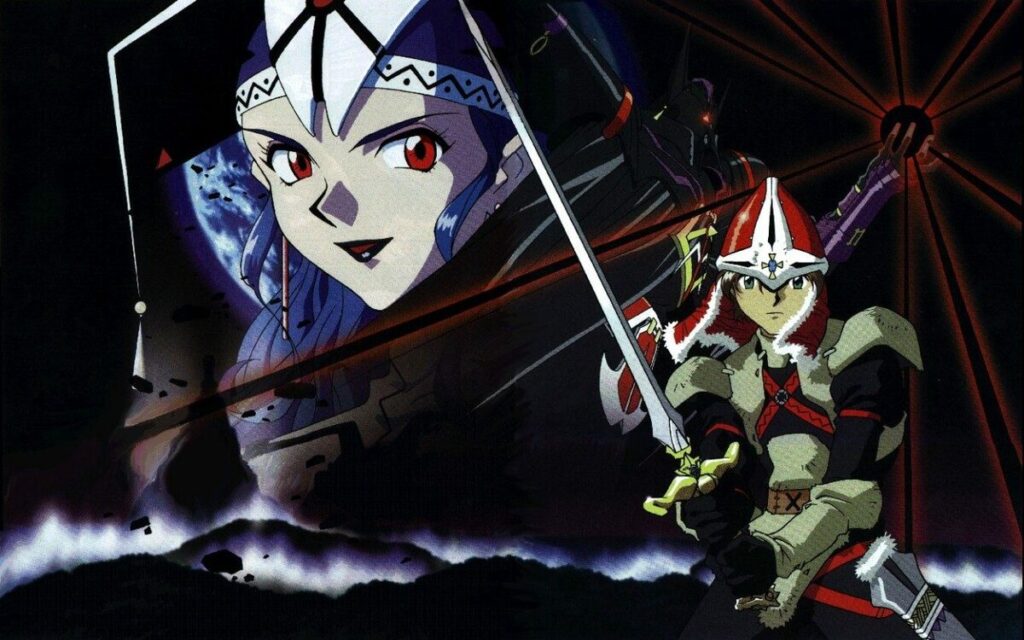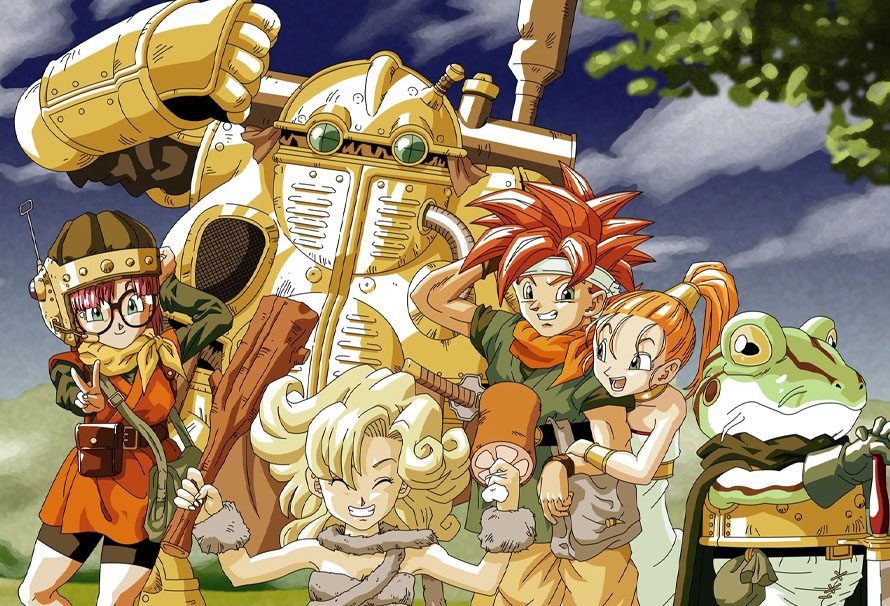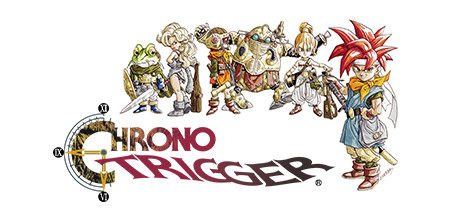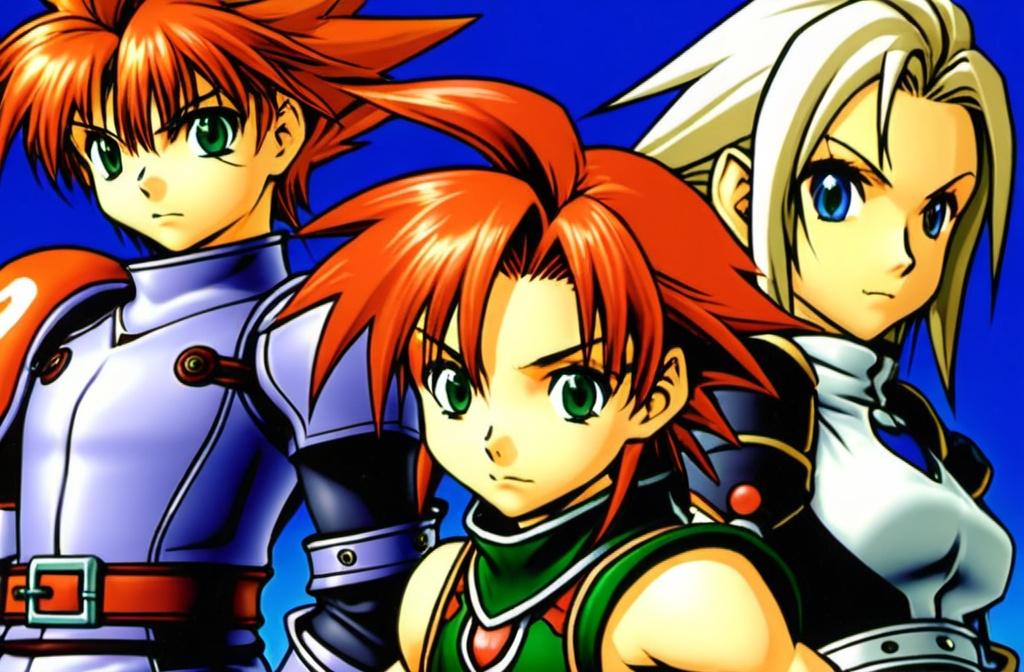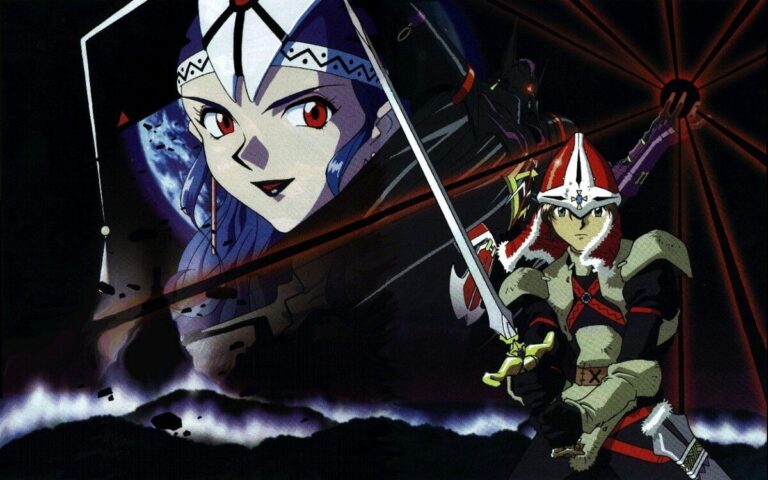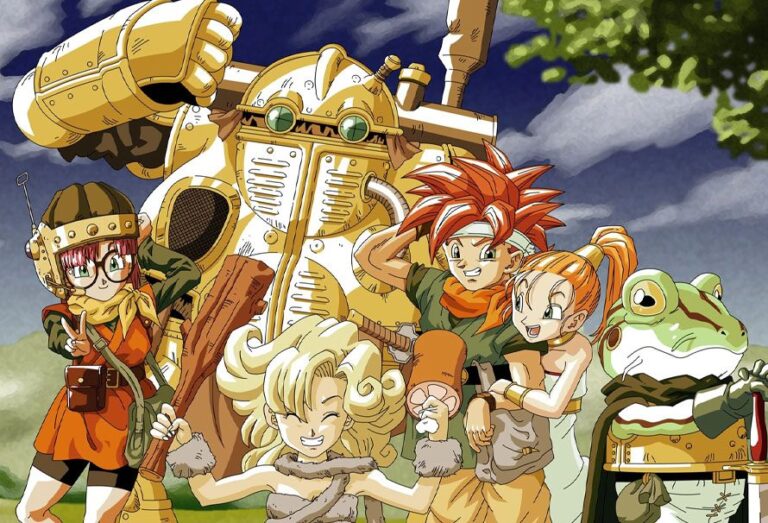Game data not found.
Story
Ultima III: Exodus marks a pivotal chapter in the Ultima series, developed by Richard Garriott and released by Origin Systems in 1983. This installment in the series introduces players to a richly crafted universe set in the fictional realm of Sosaria. The narrative unfolds as the player is summoned by Lord British, the ruler of Sosaria, to combat a new threat: Exodus. Unlike its predecessors, which focused on defeating singular evil beings, Exodus presents a different challenge, embodying the culmination of evil from the first two games. This entity is neither man nor machine but a complex amalgamation that requires strategic depth to conquer.
Players begin their journey by assembling a party of four adventurers, which they must guide through Sosaria’s diverse landscapes. The narrative is driven by quests that reveal the lore of the world and the dark history behind Exodus. Players will encounter numerous non-player characters (NPCs) that provide critical information and lore, enhancing the game’s deep storytelling. The plot weaves a tale of heroism, strategy, and exploration, setting a new standard for storytelling in video games during its era.
Gameplay
Ultima III: Exodus introduced several groundbreaking gameplay elements that would influence role-playing games for years to come. The game allows players to create and customize a party of four characters, choosing from a variety of races and classes. This level of customization was innovative at the time, giving players the freedom to tailor their party to their strategic preferences.
Exploration and Combat
The game features an open-world structure where players freely explore Sosaria, navigating through towns, dungeons, and wilderness. The map is expansive, filled with hidden secrets and challenging enemies. Exploration is rewarded with treasure and crucial information needed to progress in the game.
Combat in Ultima III: Exodus is turn-based, providing a tactical layer that requires careful planning and strategy. Players must manage their party’s health, magic points, and inventory effectively to survive the myriad of monsters and traps. The combat system introduced grid-based movement, allowing for more strategic positioning during battles.
Magic and Inventory Management
Magic plays a critical role in the game, with spells being a vital resource for overcoming tougher enemies and obstacles. Players must find and purchase spells from vendors scattered throughout the world. Managing inventory is another key aspect, as players must balance their equipment, potions, and other items to ensure their party is well-prepared for the challenges ahead.
Graphics and Sound
For its time, Ultima III: Exodus featured impressive graphics that set a new benchmark in the early 1980s. The game utilized a top-down perspective with colorful, detailed sprites that brought the world of Sosaria to life. Each area, from bustling towns to foreboding dungeons, was uniquely designed to enhance the immersive experience.
Sound in Ultima III: Exodus was limited by the technology of the era, but it still managed to create an atmospheric backdrop for the player’s journey. The game’s sound effects were minimal, but the use of simple melodies added to the sense of adventure and discovery. The combination of graphics and sound contributed to an engaging environment that captivated players.
Legacy and Reception
Upon its release, Ultima III: Exodus was met with critical acclaim and commercial success. It was praised for its deep narrative, engaging gameplay, and innovative features. The game was a significant step forward for the role-playing genre, influencing countless other titles that followed.
Influence on the RPG Genre
Ultima III: Exodus is often credited with popularizing the party-based RPG format, which became a staple in later role-playing games. Its open-world exploration and non-linear quest structure set a precedent for future RPGs. The game’s influence can be seen in titles such as Final Fantasy and Dragon Quest, which adopted similar mechanics and storytelling approaches.
Continued Impact
The game’s legacy continues to be felt today, as it remains a beloved classic among RPG enthusiasts. Its innovative design and storytelling have earned it a place in the annals of video game history. Ultima III: Exodus is frequently cited in discussions about the evolution of the RPG genre, and its impact is evident in the design philosophies of modern games.
Conclusion
Ultima III: Exodus stands as a monumental achievement in the history of video games. Its engaging story, complex gameplay mechanics, and pioneering features helped shape the role-playing genre into what it is today. The game’s legacy endures, influencing generations of developers and players alike. Ultima III: Exodus not only set a new standard for its time but also paved the way for the future of RPGs, securing its place as a timeless classic in the world of gaming.





